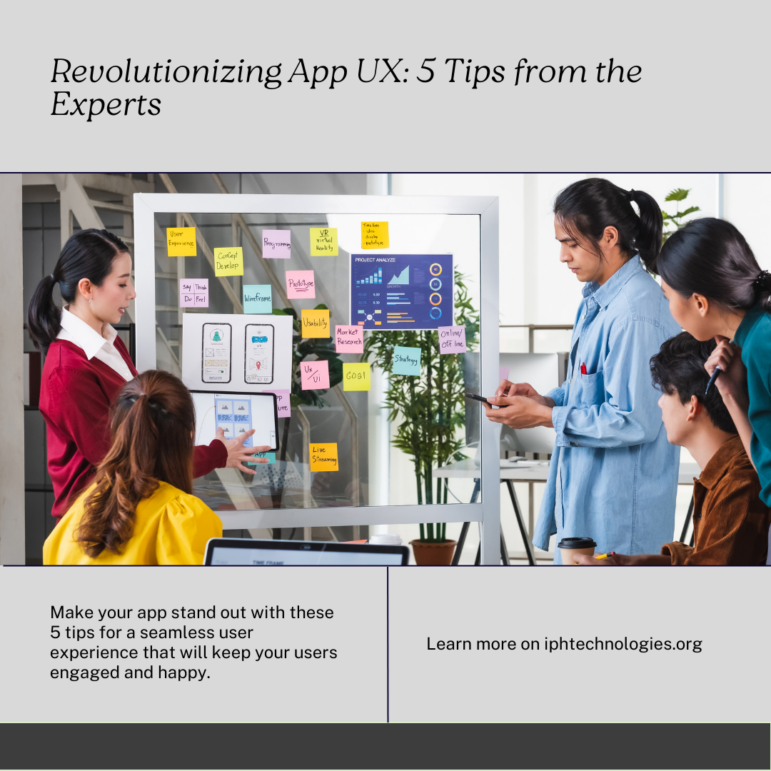In the ever-evolving landscape of mobile applications, ensuring a captivating and intuitive user experience (UX) is paramount. As technology advances, user expectations also rise, making it essential for app developers to stay ahead of the curve. This article explores expert tips to revolutionize app UX, enhancing user satisfaction and engagement.
The Importance of User Experience
Before delving into the expert tips, let’s understand why UX holds such significance. User experience directly impacts an app’s success, influencing user retention, positive reviews, and ultimately, the bottom line. A seamless and enjoyable UX not only attracts users but also encourages them to become loyal advocates for your application.
Expert Tips for a Revolutionary App UX
1. Prioritize Simplicity and Intuitiveness
The first impression matters, and simplicity is key. Ensure that your app’s interface is intuitive, allowing users to navigate effortlessly. Avoid clutter and unnecessary features, focusing on delivering a straightforward and user-friendly experience. Simplicity in design promotes user engagement and reduces the learning curve for new users.
2. Optimize Loading Times
In an era where speed is of the essence, optimizing your app’s loading times is crucial. Users expect swift and responsive applications, and a delay in loading screens can lead to frustration and abandonment. Compress images, leverage browser caching, and minimize unnecessary scripts to ensure a snappy user experience.
3. Implement Seamless Navigation
Efficient navigation is at the core of a positive user experience. Implement a clear and logical navigation structure, enabling users to move effortlessly between sections of your app. Utilize clickable buttons, intuitive icons, and a straightforward menu layout to guide users seamlessly through the app’s functionalities.
4. Leverage Personalization Techniques
Personalization enhances user engagement by tailoring the app experience to individual preferences. Implement features such as personalized recommendations, customizable settings, and user-specific content to create a more personalized and enjoyable experience. This not only fosters a connection with users but also encourages them to spend more time within the app.
5. Conduct User Testing and Feedback Integration
Regular user testing is crucial for identifying pain points and areas of improvement. Actively seek user feedback and integrate it into your app development process. Understanding user perspectives allows you to address issues promptly and fine-tune the UX based on real user experiences, ultimately leading to a more polished and user-centric application.
FAQs
Q1: How can I determine if my app’s UX needs improvement?
A1: Monitor user metrics such as bounce rates, session durations, and user feedback. These indicators can highlight areas that require attention for UX enhancement.
Q2: Is personalization essential for all types of apps?
A2: While not mandatory, personalization can significantly enhance user engagement, especially in apps with content-heavy or e-commerce-focused structures.
Q3: How often should user testing be conducted?
A3: Aim for regular user testing sessions, ideally during different stages of app development. Continuous feedback loops ensure ongoing improvement.
Conclusion
In the competitive landscape of mobile applications, revolutionizing app UX is a continuous journey. By prioritizing simplicity, optimizing loading times, implementing seamless navigation, leveraging personalization, and embracing user testing, developers can create apps that not only meet but exceed user expectations. Remember, a satisfied user is not just a one-time customer but a potential advocate who can significantly contribute to your app’s success.



